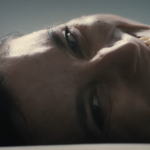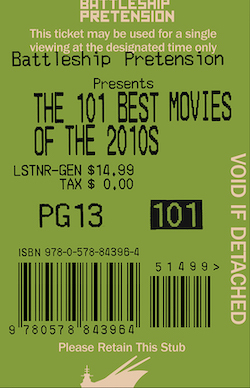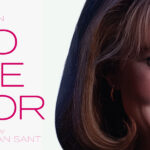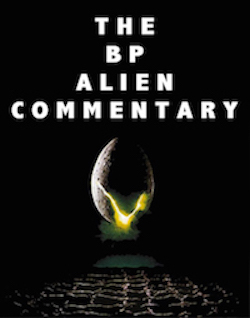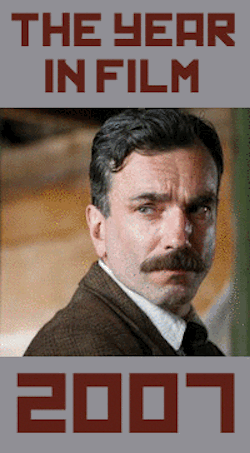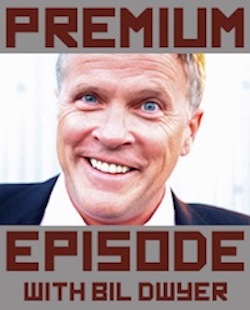Broken, by Williamson Balliet
As prisoner Eric Love is led to his new cell, he moves quickly and mechanically in order to ensure his safety. In his first action, aside from those ordered by guards during a search for contraband, he breaks open a disposable razor to remove its single blade. Lighting a toothbrush aflame, he binds the two together and cleverly conceals them inside of his cell’s overhead fluorescent light. It is a brilliant sequence that calmly illuminates his ingenuity, resourcefulness, and history of violence without him ever having to say a word. However, this is among the precious few times that Starred Up opts for subtlety, collapsing under its own weight despite glimmers of relevancy and visual complexity.
The most obvious detriment to David Mackenzie’s Starred Up comes in the form of overabundance. It contains a dizzying succession of critiques and commentaries, touching on nearly every subject broached in prison films past. Abuse of power, benefits of therapy, the cyclical nature of abuse and violence, the malevolence of bureaucracy, prisoner hierarchies, and the effects of the breakdown of the familial structure all become key components to Eric’s character and to the film itself. But the ultimate effect of such a broad scope is that the target is often missed. The guards and Deputy Governor of the film transition from unsympathetic ineptitude to brutal villainy with little insight into why they would resort to such extremity. There appears to be a system of order and self-governance put in place by the prisoner-leaders, but just how this is done or where their power is derived is a quandary. And the overt heroism and benevolence of the therapist seems just a bit too self-serving, considering the film is scripted by a former volunteer prison therapist.
What Starred Up truly succeeds as is an ode to the chops of its two leads. Jack O’Connell plays the erratic and contemptible Eric Love with exquisite intensity and enough emotion to rise above any malice the viewer may feel for the character. Eric becomes more of a victim of his own rage than an object of scorn and danger to everyone around him. Ben Mendelsohn portrays his father Neville, similarly incarcerated and struggling to place his son on the straight and narrow, knowing much about life in prison but nothing about parenting. Though these characters are largely elevated by performance, there are moments when the viewer is allowed brief, beautiful glimpses into their relative psyches. As Eric is led away from solitary confinement, he stops at every door, instinctively waiting for permission to enter through or past them despite the guard’s continued insistence to move forward. A small gesture in a seemingly innocuous sequence can do so much to establish a character, commenting on the rote existence of long-term incarceration. Like how he wordlessly studies his surroundings very early in the film; this gaze crystallizes his dependence on total awareness in order to gain ground when need be. Similarly, there is an exquisite shot of Neville as he looks upon a drawing once given to him by his very young child. This is interrupted by a reverse-shot, showing that behind him hang posters of scantily clad women. Together, these two quick shots do more to display a prison’s ability to inhibit the human spirit, quelling both love and lust, than most of the entire film and it does so in an interesting and visually understated manner.
But at times the film resorts to clichés and in one specific instance a complete re-purposing of a notable sequence in Nicolas Winding Refn’s Bronson (though obviously not carrying the same dark humor) that happened early enough in the story to leave a sour taste in my mouth for at least the remainder of the first act. Eric is much too quick to reveal his history of abuse to a stranger given his quiet, brooding tendencies. The exchange is thus rendered hollow, as the character’s established proclivities are sacrificed in order to make the well-known correlation between childhood trauma and future antisocial behavior. Violence within the prison is rampant and rarely results in the intervention of officials despite its alarming rate and the general lack of concern for potential onlookers. This would be a vastly more forgivable if the film was not so firmly grounded in realism.
So it is this strange dance between the nuanced and hyperbolic that is Starred Up’s undoing. Though it is certainly difficult to claim that it is a bad movie, especially in light of its excellent final shot, it becomes muddled through its lack of a cohesion. Themes are thrown at the wall to see what will resonate most with its audience, a disservice to the totality of its narrative. It is occasionally jarring, occasionally beautiful, and occasionally poignant, but lacks the substance that the character of Eric Love deserves at such a pivotal time of severity and consequence.


